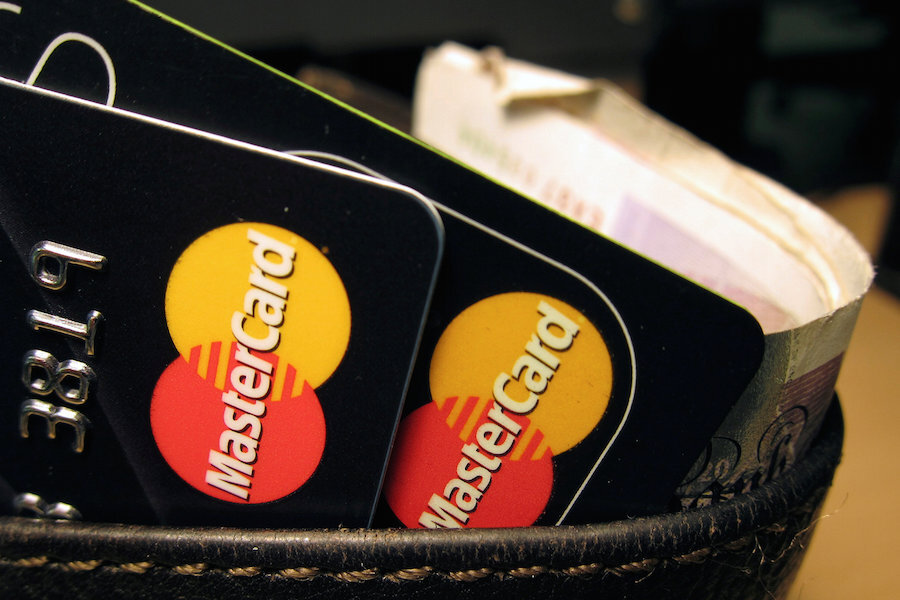Are these bank services worth the time or money?
Loading...
You count on banks and credit unions to safeguard your cash. If you choose carefully, you might even come away with a little something extra: decent interest rates, access to good online and mobile platforms, maybe even a sign-up bonus.
You can get your hands on a host of other tools, too, such as customized debit cards and multiple savings accounts. The catch? You may have to pay for these services, or invest something just as valuable: time.
Here’s a look at which banking add-ons are worth that additional effort and which you’d be better off skipping.
Multiple savings accounts
Savings are usually destined for a variety of purposes. So the way you save should reflect this. Opening multiple savings accounts at the same bank or credit union is typically free and will help you get a better overview of your savings.
You could, for instance, designate one account as your short-term savings fund and use another to store your holiday shopping money. A couple more could be dedicated to your various long-term expenses: vacation, a new car and so on. You can divvy up the categories however you’d like. In the end, the benefit is the same: more control over your savings.
ARE THEY WORTH THE TIME? YES.
CDs with high minimums
Long-term certificates of deposit — those with terms of at least three years — typically have better interest rates than standard savings accounts. That makes them solid savings vehicles for people looking to set aside cash for a fixed period of time, assuming they won’t need to access that money in the meantime.
But some banks and credit unions ask for initial deposits of as much as $2,000. Don’t let that pressure you into putting away more money than you want. Find a financial institution that has an initial deposit requirement of no more than $500. Online banks and some credit unions are great places to start your search, as some let you open a CD with as little as $1.
ARE THEY WORTH THE MONEY? NO.
Premium checking accounts
National banks tend to offer several checking accounts, including premium options. These typically offer various perks, like ATM fee reimbursements, and sometimes pay interest. However, it’s usually more difficult to get their monthly fees waived. While a minimum balance of $1,000 might do the trick for a bank’s basic checking option, it could take as much as $5,000 for a premium account.
And although they technically bear interest, many of these accounts have annual percentage yields below 0.05%. For better rates, look into an online bank or credit union, especially if you don’t mind ditching branches, or want to give shared branching a shot. These other types of financial institutions usually offer checking accounts with much better rates and typically don’t come with monthly charges.
ARE THEY WORTH THE MONEY? NO.
Custom debit cards
A chic haircut. A whimsical bumper sticker. A new iPhone case. With so many ways to express your personality, you don’t need a custom debit card. Some banks and credit unions let customers design their cards, giving them the option of uploading personal images or selecting from an array of stock photos. But this comes at a price, typically between $5 and $15.
Our advice? Skip this add-on and invest that money elsewhere.
ARE THEY WORTH THE MONEY? NO.
Paper statements
Some banks charge customers $1 to $3 for monthly paper statements. You can opt out of receiving them, though, and we’d recommend you do so. Sign up for electronic statements that you’ll receive via email. You’ll be doing your wallet — and the environment — some good.
ARE THEY WORTH THE MONEY? NO.
Choose utility over gimmicks
If your bank offers a service that makes it easier to manage your finances, go for it. Take mobile banking as an example. Mobile check deposit and online bill pay services have made it faster than ever to transfer funds. But if a certain offering has no actual long-term value, don’t bother.
Tony Armstrong is a staff writer at NerdWallet, a personal finance website. Email: tony@nerdwallet.com. Twitter: @tonystrongarm.
This story originally appeared on NerdWallet.







